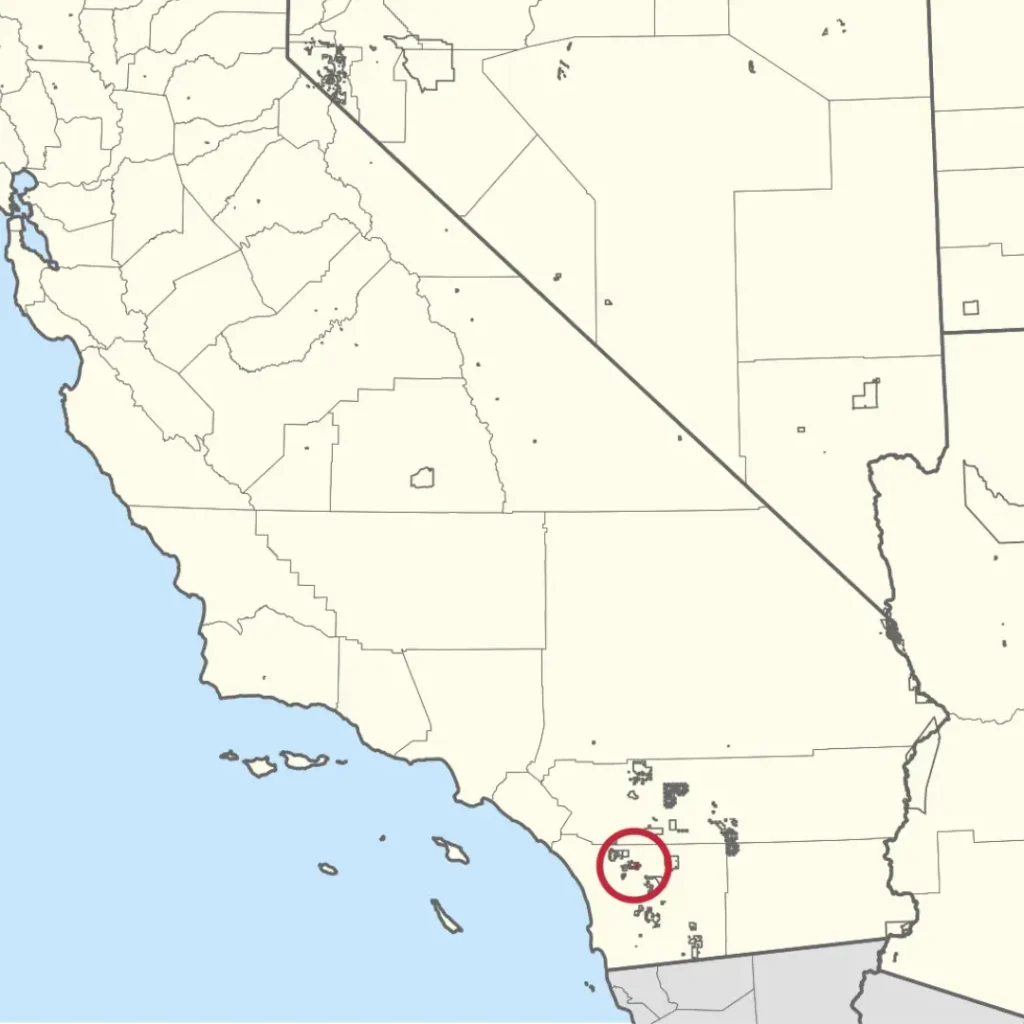- 22000 Hwy 76 Pauma Valley, CA 92061
- (760) 742-3771

The La Jolla Band of Luiseño Indians is a federally recognized tribe of Luiseño (Payómkawichum) people located in northern San Diego County, California. The tribe is part of the larger Luiseño nation, whose traditional territory spans much of Southern California. Today, the La Jolla Band has around 700 enrolled members, with approximately 390 living on the reservation. Members speak a mix of Luiseño, English, and Spanish.
The La Jolla Indian Reservation encompasses nearly 10,000 acres of land in the eastern foothills of the Palomar Mountains. The terrain ranges from rugged mountain slopes down to the San Luis Rey River, which runs through the heart of the reservation. Originally established through a series of executive orders between 1875 and 1892, the current boundaries were finalized on September 13, 1892.
Tribal governance is based in Pauma Valley, California, where the tribe operates under a five-member council elected to two-year terms. The current leadership includes Chairperson Wesley G. Ruise Jr., Vice Chairman Jack Musick Sr., Secretary Angela Miner, Treasurer Joseph Amago, and Council Member John Paipa. The tribe is governed by Articles of Association adopted in 1962 and was among the first in California to establish a Tribal Employment Rights Office (TERO), ensuring hiring and training opportunities for tribal members.
Culturally, the La Jolla Band belongs to the Luiseño people, whose ancestral homelands were deeply connected to the land and watersheds of Southern California, especially the San Luis Rey and Santa Margarita Rivers. The tribe takes its name from Mission San Luis Rey de Francia, one of the Spanish missions established during colonization, which had a significant impact on the region. Traditional life included harvesting acorns from oak groves, fishing in mountain streams, and managing the land through a complex understanding of seasonal rhythms.
In recent years, the tribe has developed a number of enterprises and community resources that support both economic self-determination and cultural preservation. These include the La Jolla Trading Post, a 76 gas station and roadside grill, the Luiseño Bike Park, and adventure tourism businesses like the La Jolla Zip Zoom Zipline and the La Jolla Indian Campground. The campground—set alongside the San Luis Rey River—is especially popular in the warmer months for tubing, camping, and family recreation.
The tribe has also invested in essential infrastructure, working with partners like the Environmental Protection Agency, Nike N7, and the Indian Health Service to build a wastewater treatment facility and a tribal collaborative focused on sustainable on-site wastewater management. In 2011, with support from the LA84 Foundation and Nike N7, the community opened a new basketball court to promote youth sports and wellness.
One of the most challenging periods in the tribe’s modern history came in October 2007, when the Poomacha Fire devastated the reservation. The fire destroyed 92% of homes and structures on the reservation. Despite the overwhelming loss, coordinated recovery efforts with state and federal agencies enabled displaced families to return and rebuild. By the end of 2008, residents had moved back home, a testament to the tribe’s resilience and strong community ties.